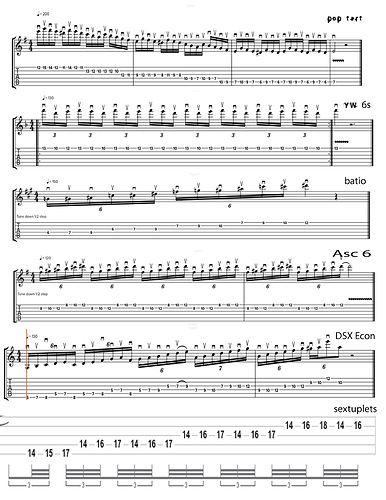Thanks @Troy I appreciate your input. I have a terrible time keeping my thumb straight and I always felt like if It curls, it’s wrong. Did anything stand out in the videos I shared? I am absolutely fine with not playing for a few days, but I really just want to figure out why I can’t seem to get my hands relaxed when I play. What is the best angle to film to pin point my wrist problem? Above like in my boop doop video? Or would another angle be better?
I know asking and asking and asking will only go so far… and experimenting and trying things out is the best way. I’ve just been at it for so long with no luck. I appreciate everyones help from this community. It’s truly so rewarding to know people here are so willing and happy to help.









